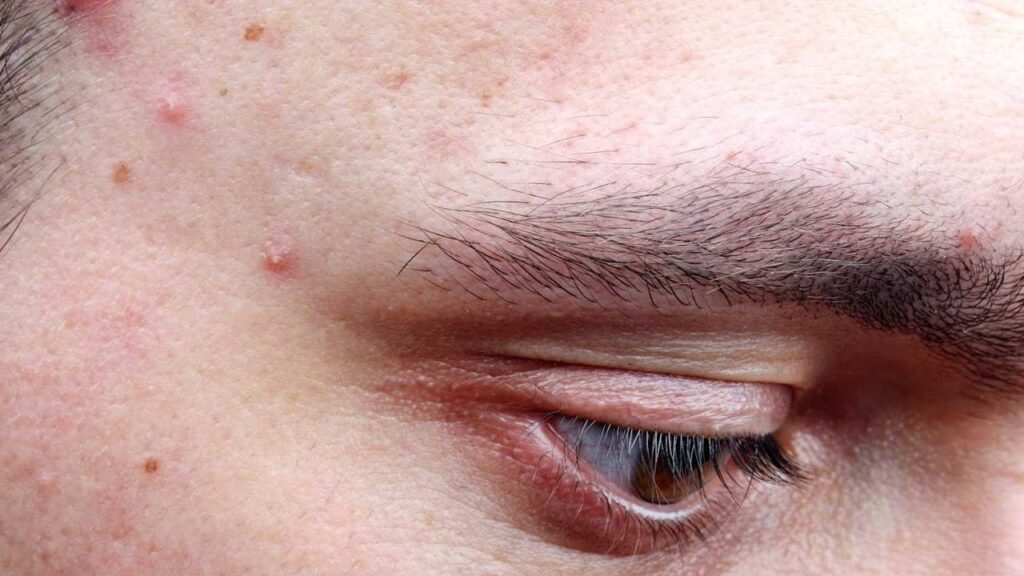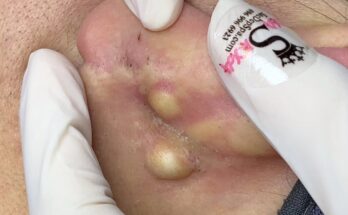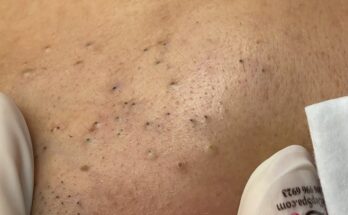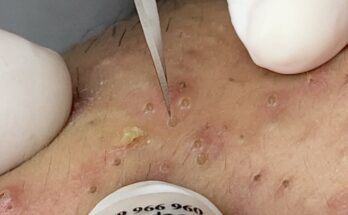
The age-old question of whether chocolate causes acne has been a subject of debate for decades, and the answer is more complex than a simple “yes” or “no.” The direct link between pure cocoa and breakouts is largely considered a myth. Early studies from the 1960s found no correlation, but these were often criticized for flawed methodology. Newer research, however, points to a different culprit: the high sugar and dairy content found in most milk chocolate.
Foods with a high glycemic index, like those rich in sugar, cause a rapid spike in blood sugar. This, in turn, can lead to hormonal fluctuations and increased inflammation in the body, which can trigger or worsen acne. Similarly, dairy products, especially skim milk, have been linked to breakouts due to the hormones and growth factors they contain, which can affect sebum production. Since most commercial milk chocolate is loaded with sugar and dairy, it’s these ingredients, not the cocoa itself, that are more likely to be the problem for acne-prone individuals.
For those who love chocolate but want to keep their skin clear, the key is to be selective. Choosing a high-quality dark chocolate with a high cocoa content (70% or more) can be a better option. Dark chocolate is typically lower in sugar and dairy and is rich in antioxidants called flavonoids, which can have anti-inflammatory benefits for the skin. While moderation is always a good idea, you don’t have to give up chocolate entirely. By understanding the real culprits—sugar and dairy—you can make more informed choices that are friendly to both your taste buds and your skin.


